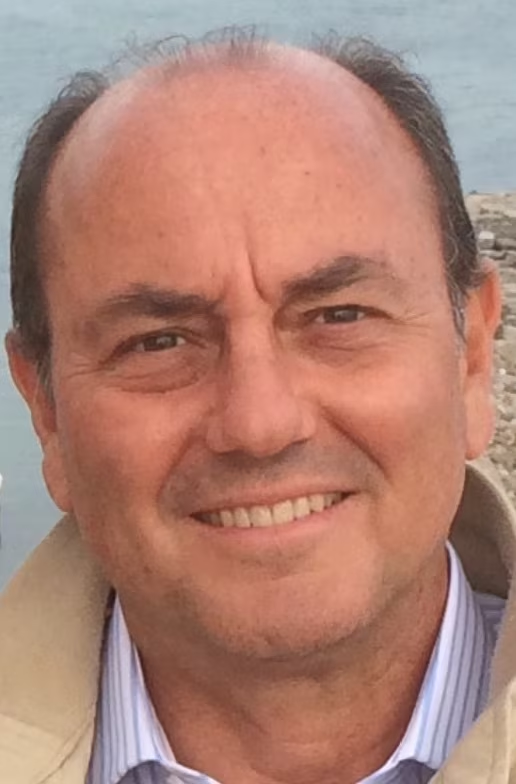Keratoconus is a non-inflammatory, progressive disease affecting the cornea. It causes progressive thinning of the cornea and bulging into a cone-like shape. In this expert interview, Professor Leopoldo Spadea from the Sapienza University of Rome, Italy, discussing the current treatment landscape for keratoconus and what developments we can expect to see in the next few years.

Q. What are the biggest challenges you face when treating patients with keratoconus?
The biggest challenge when I treat patient with keratoconus is to prevent the progression of the disease. In fact, keratoconus produces a progressive weakness in the structure of the cornea causing thinning and bulging into a cone shape. Sometimes it requires a corneal transplant. In the last few years, a non-surgical keratoconus treatment, collagen corneal crosslinking, was evidenced to be 90–95% effective in arresting the progression of keratoconus, meaning patients can avoid a corneal transplant.
Q. How do you see the treatment landscape changing over the next few years?
Currently, various methods are available for the treatment of keratoconus: eyeglasses and contact lenses in the early stages, cross-linking for stabilizing disease progression, penetrating keratoplasty, and deep anterior lamellar keratoplasty. In the next few years, it’s likely that gene therapy and some new surgical options, such as bowman layer transplantation, will have new roles in disease management.
Q. What are the key topics within corneal disease to look out for in 2019?
For over a century, ophthalmologists have been treating Fuchs dystrophy and bullous keratopathy with penetrating keratoplasty. However, we have recently witnessed a ground-breaking development in the treatment of corneal endothelial diseases. The transplantation of corneal endothelial cells, which is performed with Descemet’s stripping automated endothelial keratoplasty (DSAEK) and Descemet’s membrane endothelial keratoplasty (DMEK). I believe that in the next few years further refinement of DMEK and endothelial cell-tissue harvesting will bring an explosion of better surgical techniques in the field of endothelial diseases. Moreover, the management of keratoconus will likely focus on stabilising the keratoconus, reshaping and normalising the topography of the cornea, correction of high refractive error, and prevention of progression of ectasia by the application of combined treatments such as collagen cross linking and topography-guided photorefractive keratectomy.
Published: May 22, 2019
Support: No funding was received in the publication of this article.
Author Profile
Prof. Spadea is Associate Professor in Ophthalmology at the Sapienza University of Rome, and Director of Eye Clinic of the Policlinico Umberto I of Rome. He worked at the Eye Clinic of the S. Salvatore Hospital of the University of L’Aquila from 1990–2013 and later at the “Alfredo Fiorini” Hospital in Terracina – Sapienza University of Rome. He performed about 17,000 surgical procedures as the first operator, with over 1,000 corneal transplant operations. His scientific research activity is mainly focused on refractive and corneal surgery with over 300 scientific papers. E: leopoldo.spadea@uniroma1.it










